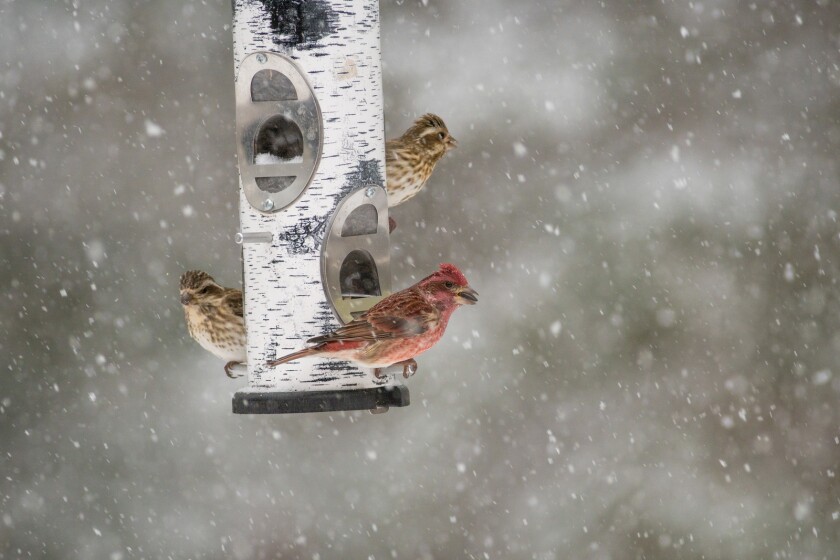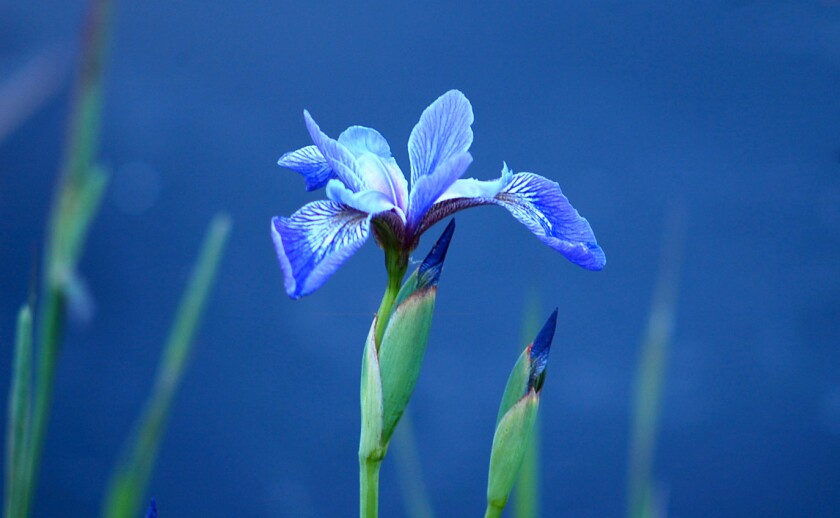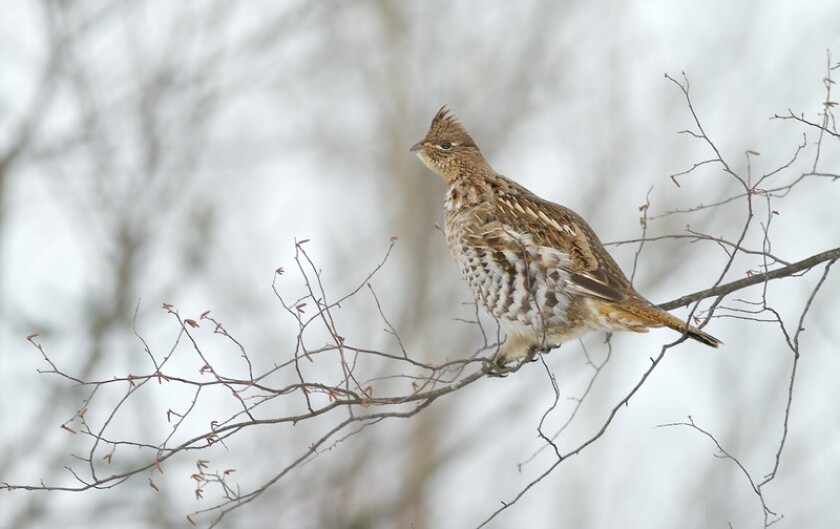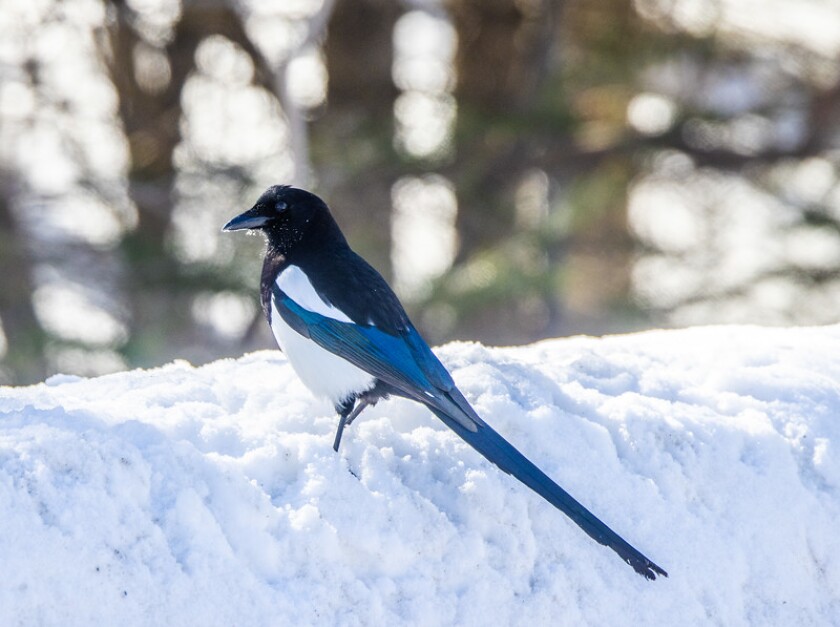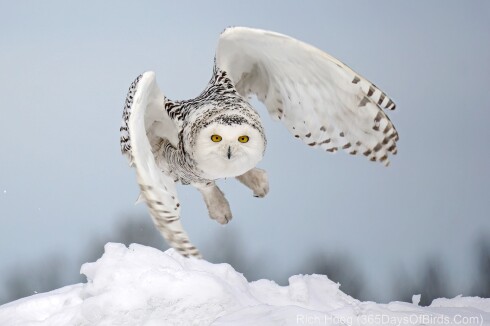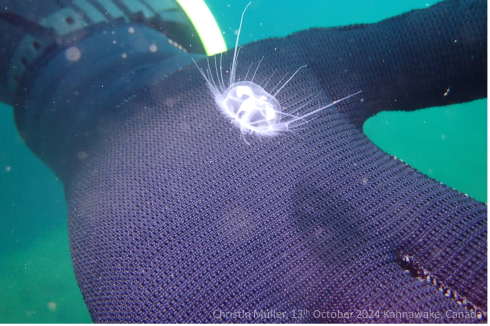The ice cover on the bay was melting. Most of the lake is open and free of the frozen coat that it wore for months. A few sheltered sites still retained some ice. One of these locations was the bay that I was sitting next to.
In the open, a newly arrived loon was calling while a couple hooded mergansers swam in the chilly water. The day was cool and calm. But then I noticed some movement in the water that seemed to be coming from the ice-covered shallows.
ADVERTISEMENT
Looking over at this site, I saw a head sticking up through the ice and then another. The local otters were on the move again.
During winter, their antics were noted by hopping and sliding tracks left in the nearby wetlands. I never did see them. Despite the five-month ice cover, they were able to find access to water beneath, and with the skill of fast-swimming predators, they made it through the dark and cold times. Now free of ice, they swim here in this bay.
They do not look like the winter hampered them much. As agile as always, they leave this ice site and go onto the lake.
The next time I saw them, things had changed. It was a June day and as I walked on the road, I met the family again. This time they were not swimming. Taking advantage of a lull in the traffic, the mother otter was moving her two young ones across the road from one swamp to another.
Skillfully, she carried the youth, one at a time, to the open water of a swamp. I saw this as they crossed the road in front of me. By the time I reached the location of this transfer, they were in the swamp waters, the young swimming with the mother.
The summer days passed, and I had only sporadic sightings of the family. The young had morphed into active adolescents and though a little smaller than mother, the two were able to keep up with her. They were seen at several places in the region, always near some wetland. Even though the early autumn was dry, they were able to survive quite well.
Otters have a great ability to thrive in many conditions. Their diet is varied to the point of eating anything that they can catch. This may be fish, but also small mammals, birds, frogs, snakes, clams, crayfish and whatever is available. Each time I observed them, all appeared well with this wandering trio.
ADVERTISEMENT
The days got shorter and cooler. A pair of beavers moved into the bay and promptly began forming a food cache. A muskrat patrolled the swamp looking for a place to winter. One day as I sat and watched the antics of these rodents (and others on shore: squirrels and chipmunks), I noticed movement along the edge. Here came the otters again.
By this time, the new generation was so grown that I found it hard to tell the young from the adult. In their own way, they were also preparing for the impending winter. No cache for them; their activity along the shore that day told me that this searching and foraging in the shallows and deeper water would do fine in the cold season. Their travels that day took them right by the beaver’s lodge and cache and they seemed to ignore this large rodent.
I look forward to seeing their tracks and slides on ice again this winter.





